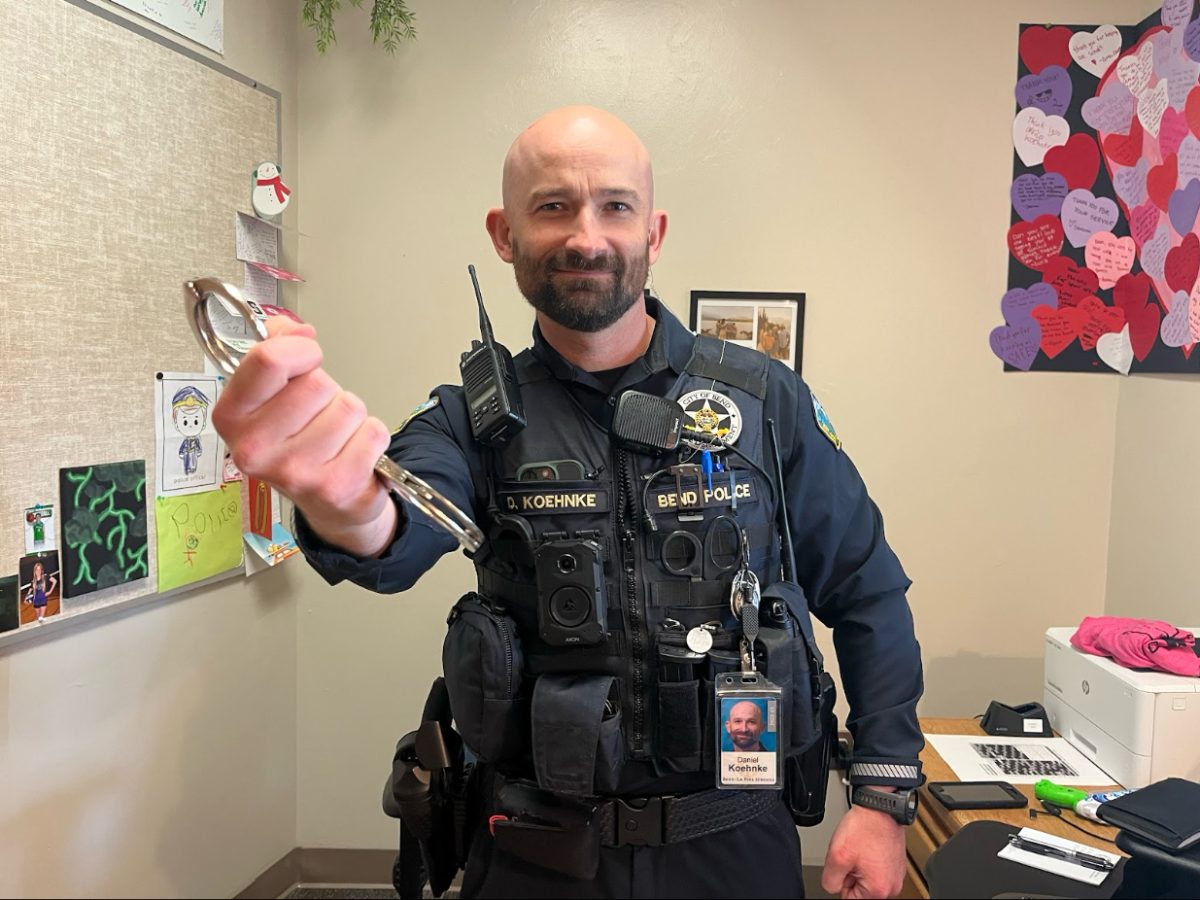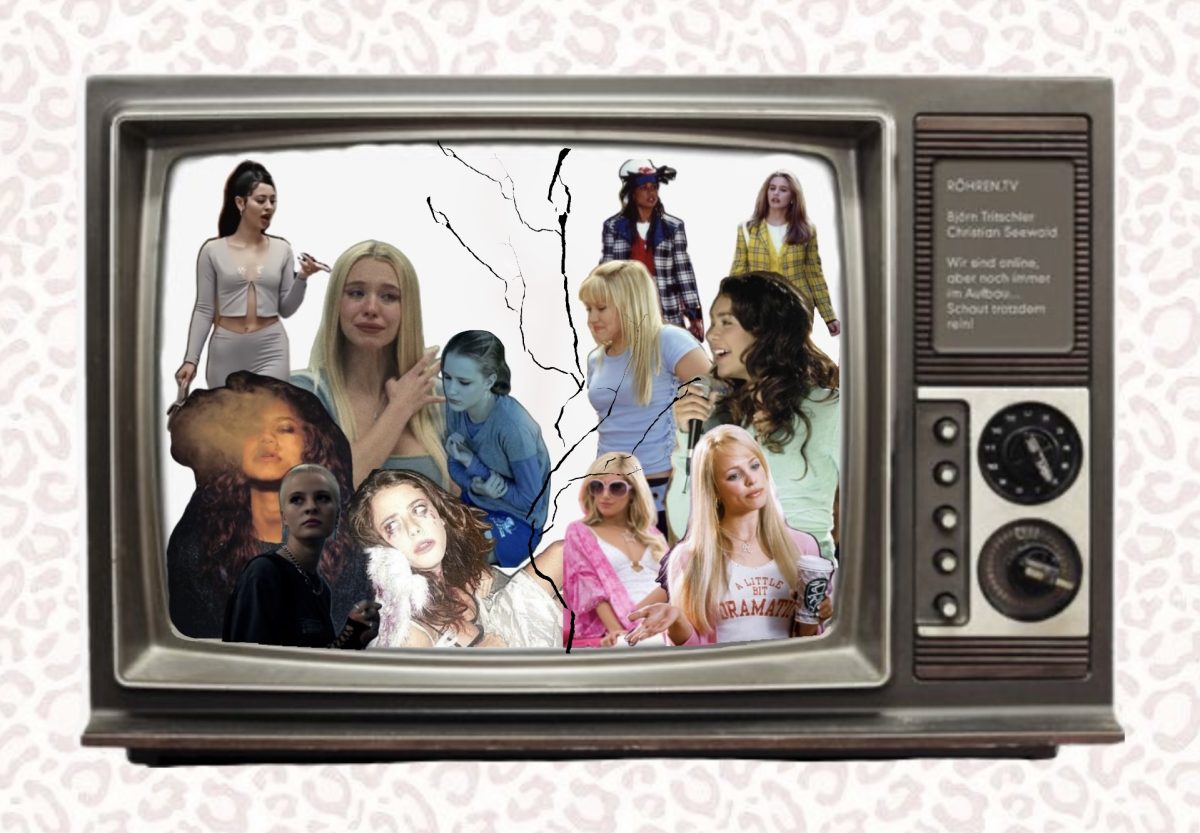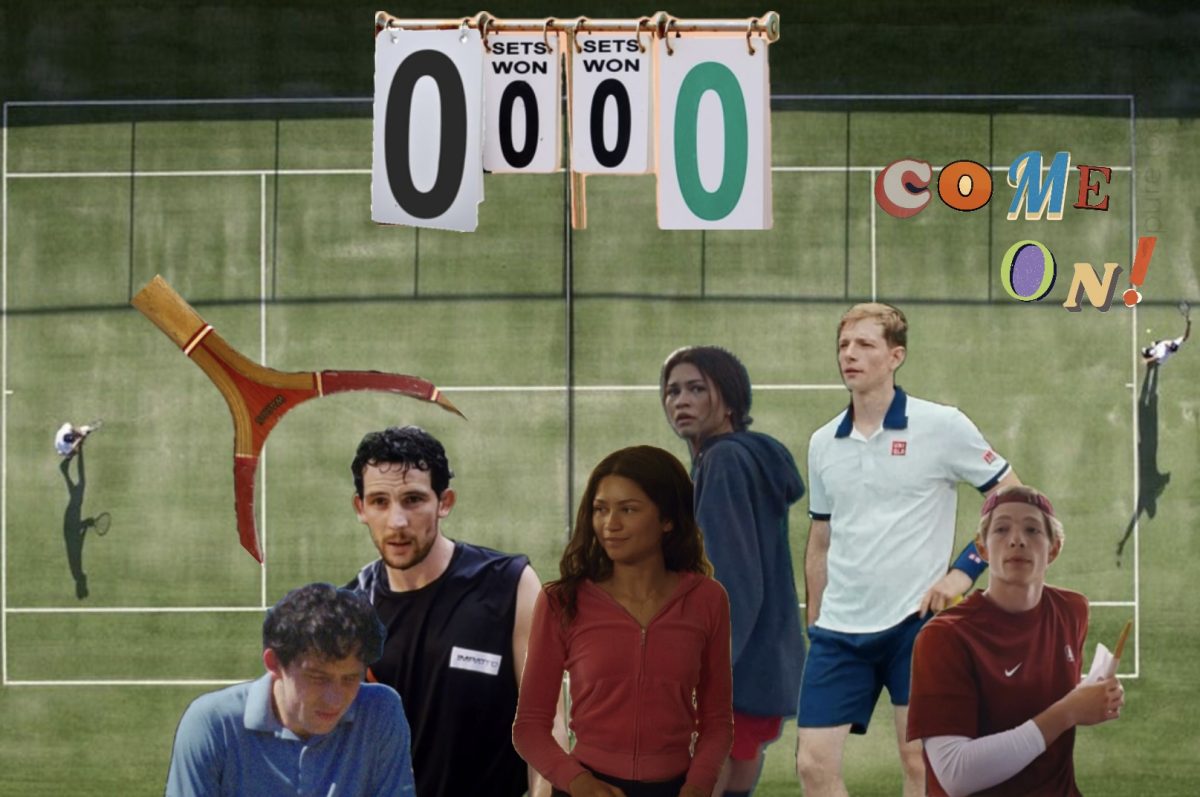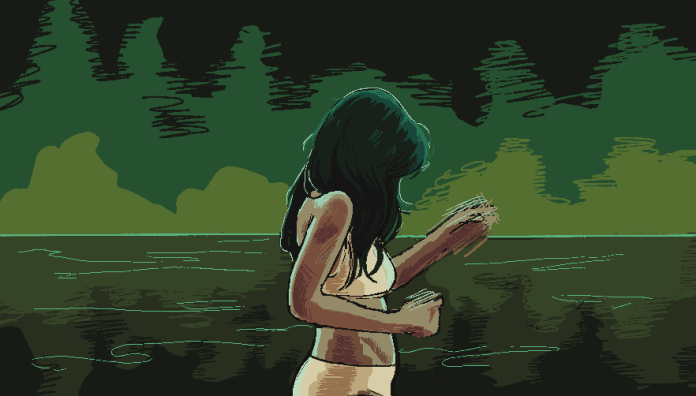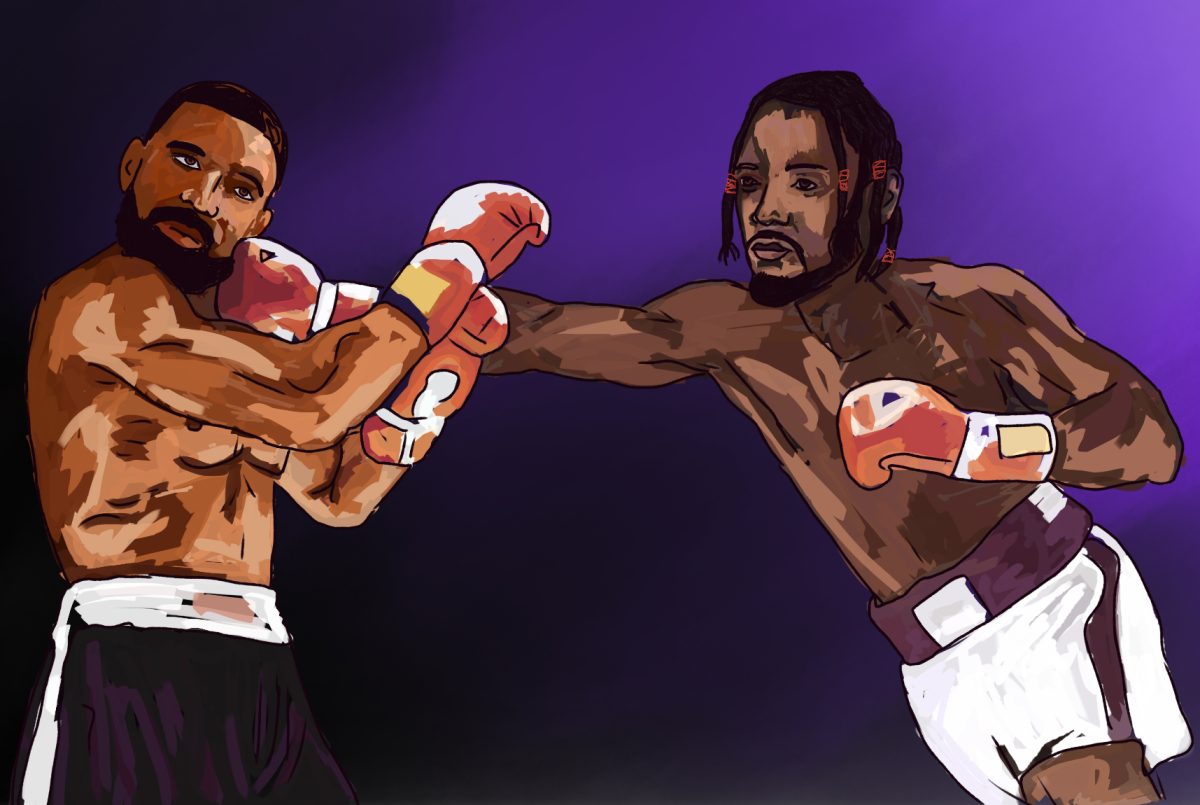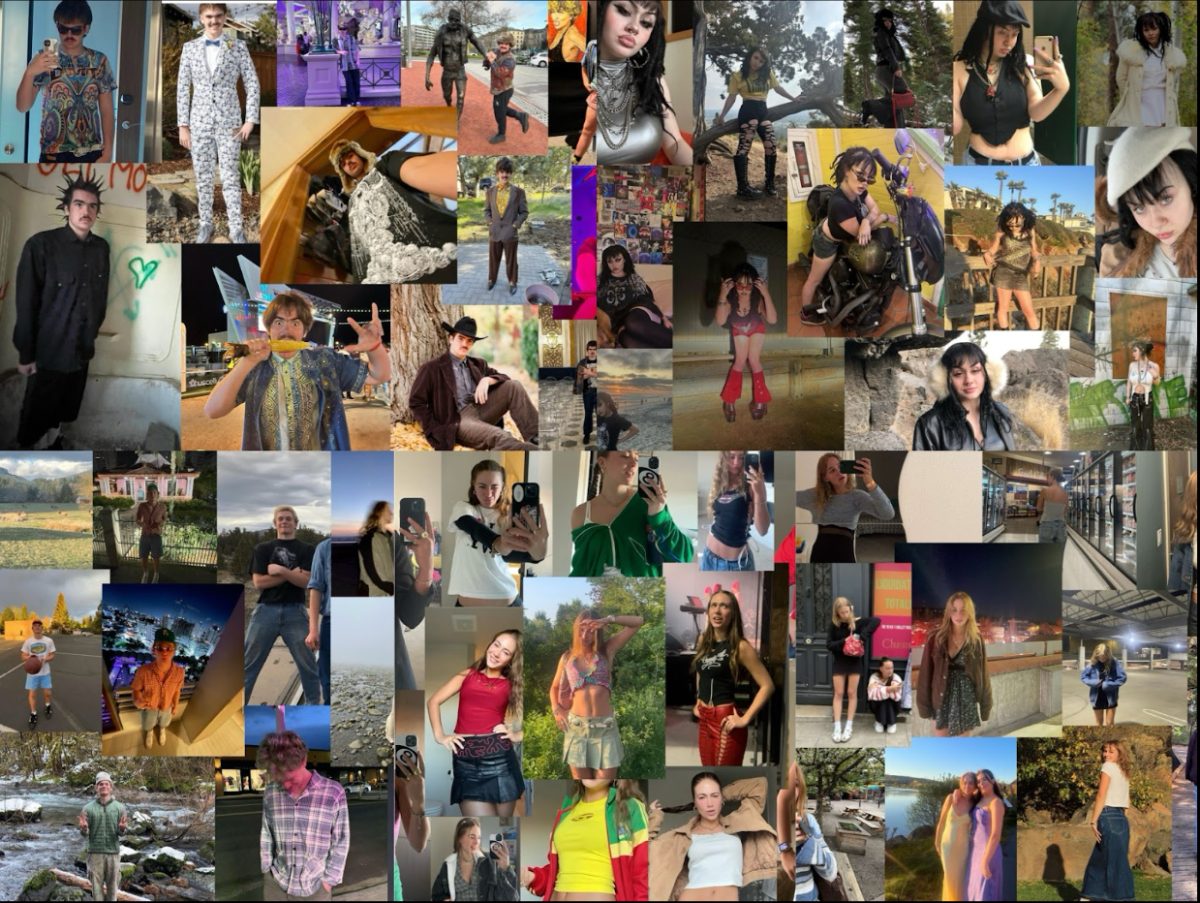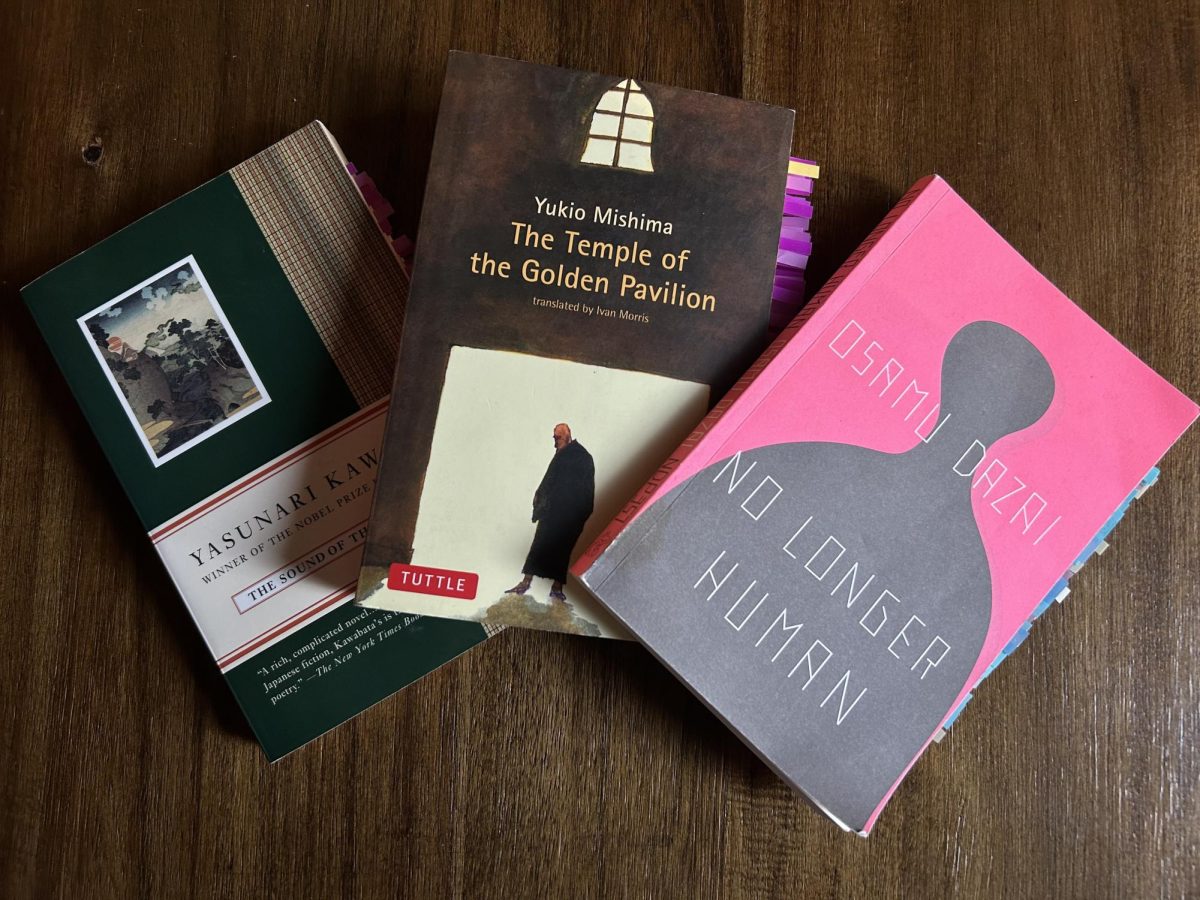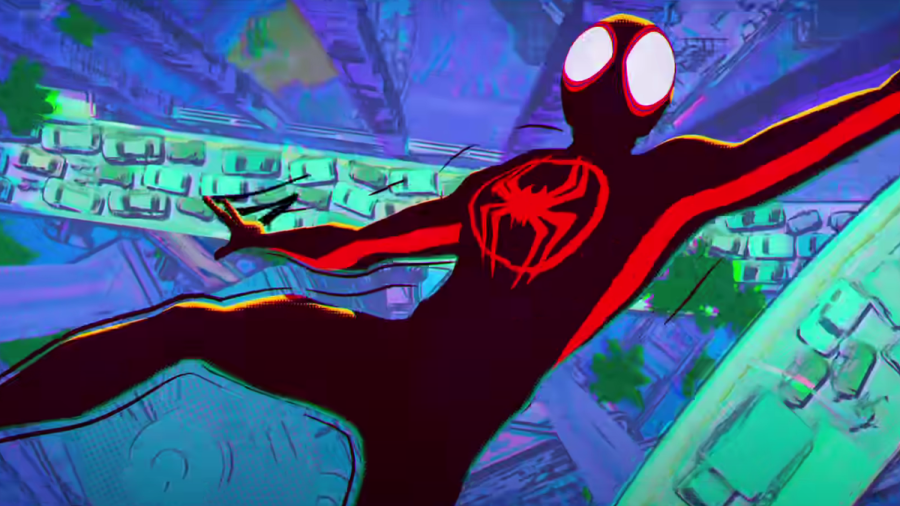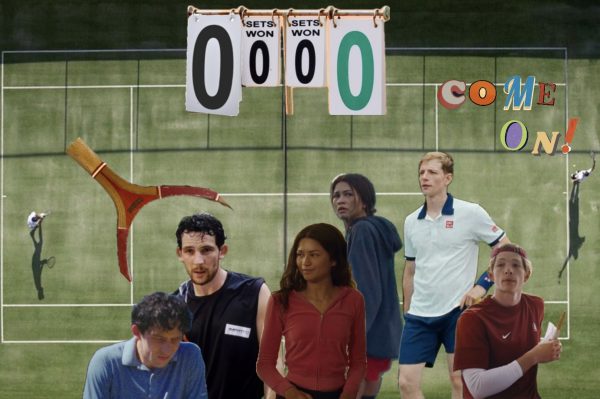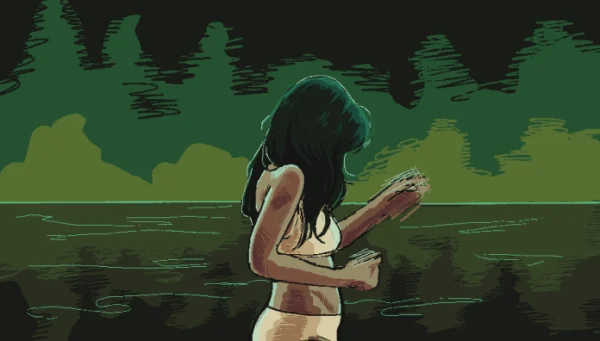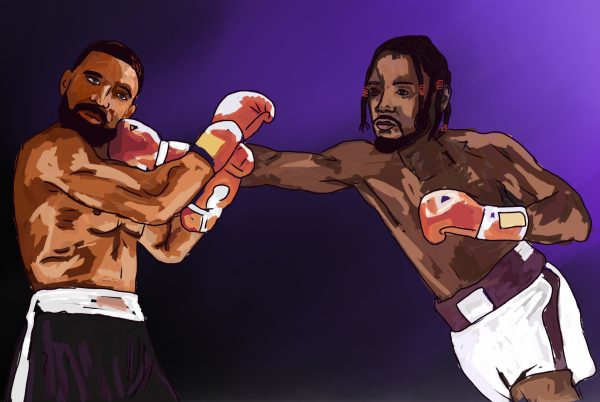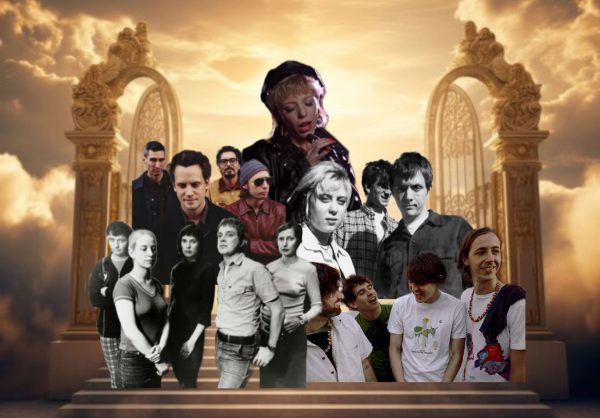‘Across the Spider-Verse’ Isn’t Like the Other Girls
Miles Morales breaks dimensions and traditional animation
“Spider-Man: Across the Spider-Verse” is the revival of the classic superhero genre we’ve lost sight of (i.e. anything that isn’t a 70 minute celebrity-packed movie with virtually no plot and resembling an SNL skit). Released on June 2, “Across the Spider-Verse” earned over $120 million in ticket sales in its opening weekend alone. As the long awaited sequel to the 2018 “Spider-Man: Into the Spider-Verse,” Miles Morales’ Spider-Man returned to the box office with the same creativity and passion “Spider-Man: Into the Spider-Verse” had trademarked five years earlier.
The problem with sequels is that usually, they’re discordant from the first—a cash grab, usually with a weak plot—relying on the audience to watch it for a nostalgia trip. “Across the Spider-Verse” is anything but a traditional sequel. This movie has a unique plot line that carries Miles’ story forward naturally, without the forced conclusions many modern franchises suffer from.
Miles Morales himself has grown as a character, growing more confident in his abilities as Spider-Man and testing the limits of his impending adulthood and his good-intentioned, suffocating parents. His physical appearance has matured, but his spirit and personality have remained much the same, giving the audience a feeling like they’re growing up with him.
Played by Shameik Moore, Morales grows into his identity as his world’s second and only Spider-Man, eventually reconciling with his will-they-won’t-they love interest Gwen Stacy (Hailee Steinfeld), also known as Spider-Woman, or Ghost-Spider. He quickly sneaks into the multiverse’s Spider-Society, led by Earth 2099’s Miguel O’Hara (Oscar Isaac). However, his ascension to Spider-Man is not welcomed by everyone—and that’s not only the villains.
The nemeses of “Across the Spider-Verse” aren’t copies of each other, either—other new (and returning) villains have compelling backstories. Offering a unique take to the black-and-white, “evil versus good” narrative that’s become so popular over the decades, villains reflect their unconventional motivations in their art style. Spot, a scientist-turned-faceless-Dalmatian, utilizes sketchy lines to create his signature fluid movements traveling dimensions.
By embracing the comic-book style, the “Spider-Verse” trilogy creates a world with rich color, texture and line weight that gives everything in it a beautiful ambiance. Instead of remodeling Disney’s hyper-realistic animations we’ve been forced to endure for years, the “Spider-Verse” movies are a triumph to its team of over one thousand animators. The artistic style is completely unique from anything we’ve experienced before, a tribute to the original illustrators of the “Spider-Man” comics.
To create this look, the creators animated each drawing so that it held two frames instead of one, notably giving the characters an organic feel to their movements. The team invented new line art technology that allowed the art to be more expressive and dynamic, holding poses with an energy unseen in modern animation. Instead of marveling over being able to see every hair on a character’s face, “Across the Spider-Verse” adopts animation that brings together hundreds of different comic-inspired art styles and live action cameos, focusing on expression and color. Modern copy-and-paste animation, which feels inauthentic, does not deliver the energy that “Across the Spider-Verse” gives its animation.
More than the art style, the new characters that populate “Across the Spider-Verse” are as unique and creative as the dimensions they come from. Popular fan favorites include the anarchic Hobie Brown, a freedom fighting Spider-Man that rejects authority and sows discord at his whim, and Pavitr Prabhakar, a newly-minted, golden-boy Spider-Man residing in Earth 50101’s Mumbatthan. Introducing “Beyond the Spider-Verse,” the ending scene promises a return of memorable characters from the first movie.
The finale is set to be released on March 29, 2024, an ultimate reunion for the Spider-Verse. Wherever “Beyond the Spider-Verse” takes us, it’s sure to be as breathtaking as its predecessors.

“Mom, I finally made it in the newspaper! Are you proud?”
A brilliant mind and philanthropist, Adri enjoys classical music, regular music, rock music and all other types of music, as well as various...















